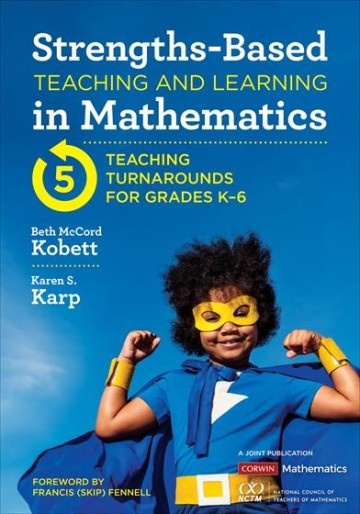Humanizing Data with a Strength-Based Approach

What are some ways we can recalibrate how we think about data to lean into what we know about our students and not just the numbers?
Color-coded Google Sheets. Graphs. Progress-Monitoring. Data. Data. Data.
We are in a data-driven education system right now. It can be a wonderful thing but the question we have to ask ourselves is not just what we gain from viewing our students from a data lens – but what do we lose?
I believe we risk skewing our data away from the humanness of our work – our students. They are what make working in education so amazing, so fulfilling.
What are some ways we can recalibrate how we think about data to lean into what we know about our students and not just the numbers?

Strength-Based Approach
Rather than focus on what students are lacking when we observe and draw conclusions from data – let’s look at where students are thriving. Research has shown that when we leverage student background knowledge/schema to build new content on rather than fill in what they don’t know, they’re likely to make more gains.
A great resource for this is from the book Strength-Based Teaching and Learning in Mathematics. You can download the Strength-Based Analysis they provide, which comes with a worked example to help you along the way.
Reframing Mistakes
Mistakes are part of our math work everyday. It’s how we gain new information, notice patterns, and a core part of learning. For a long time though, math was purely about precision. In our schools, the tests we have often emphasize precise answers, rather than worked answers. We can shift this by helping students look at their work differently and help them find strengths in their mistakes.
One resource that can help with this is Math by Example. This free workbook for grades 4 and 5 provides worked examples in each math topic, one is a “correct” answer and one is a “incorrect,” answer. Take this resource and ask your students what things they notice the example doing well. Invite inquiry and model those affirming words/phrases.
Another idea is to have students analyze common mistakes and change their mindset about mistakes. Our brain grows when you correct a mistake. You can do this by showing work that a student in the past has done that has a mistake or current students.
Ask students to talk with a partner and:
- Find the mistake
- What makes sense about it?
- What would you tell this student to help them?